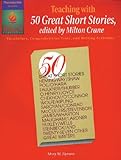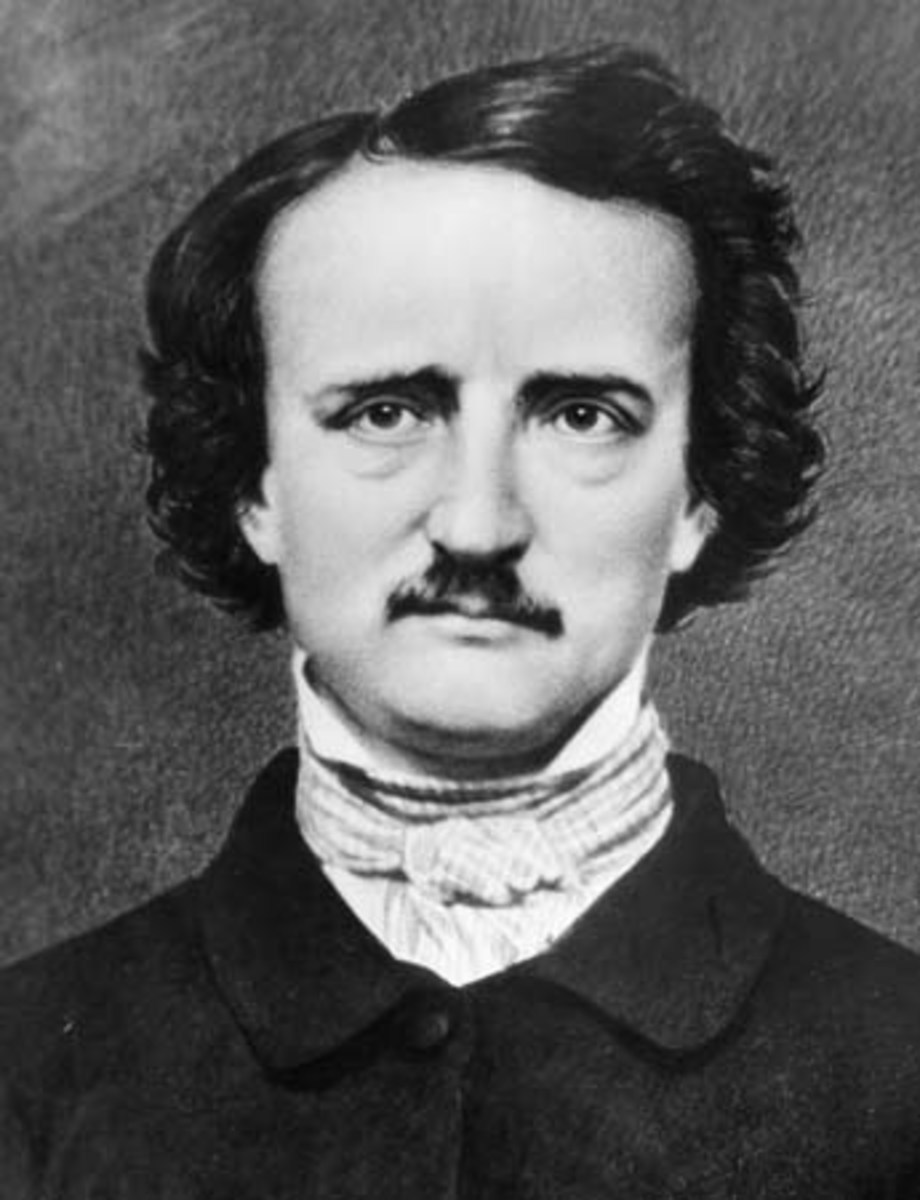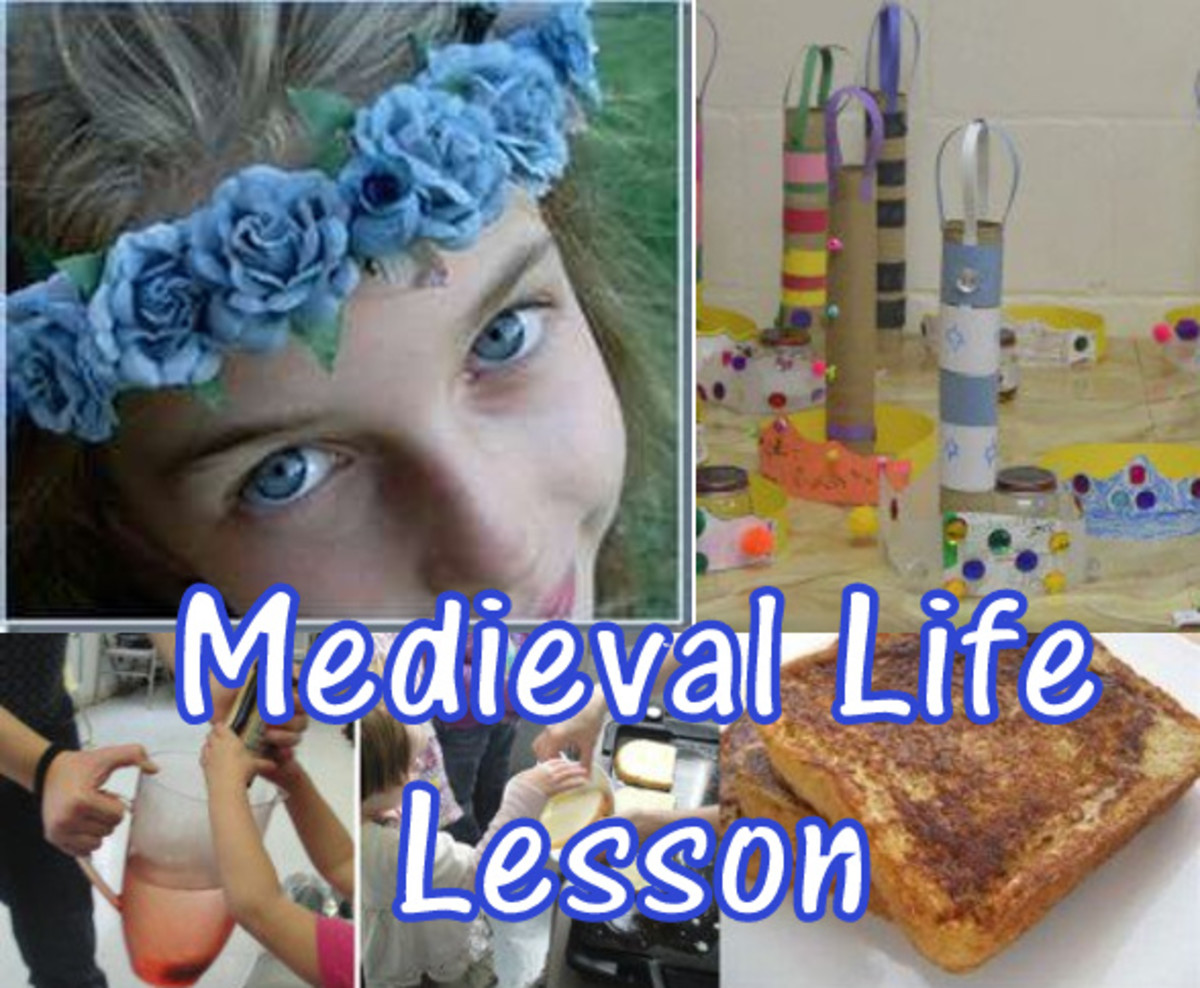A Lesson to Teach Richard Connell: "The Most Dangerous Game"
Overview
The short story "The Most Dangerous Game," by Richard Connell, was published in 1924. It tells of the darkest adventure of the big-game hunter Sanger Rainsford of New York. Rainsford accidentally falls off a yacht on its way to an expedition in Brazil, and hearing distant gunshots in the foggy distance, swims to the shores of the mysterious Ship-trap Island. Here, he meets the sinister General Zaroff, who has designed the island as his own disturbing playground. While there are moments of violence in the story, the impact is minimized by a detached style of writing; Connell has created a classic short story that never offers as much gore as it could.
Zaroff proposes a deal for Rainsford: a three-day hunt, man against man. If Rainsford can evade the General for three consecutive days, he will win his freedom. Given Zaroff's dogs and his fierce right-hand man, Ivan, Rainsford is left with no options. Several encounters and days later (including a scene when Zaroff gives Rainsford another chance to run), and the prey becomes the predator: Rainsford appears from the shadows in Zaroff's own bedroom, presumably killing the hunter on his home turf. After this, Rainsford claims that he has never slept in a more comfortable bed.
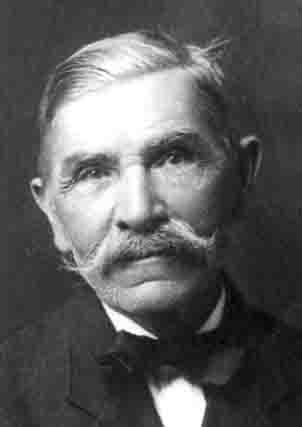
Author
October 17, 1893 (Poughkeepsie, NY) – November 22, 1949 (Beverly Hills)
Richard Connell is undoubtedly best known for his famous short story "The Most Dangerous Game," but he also is noted for having worked on many movie scripts from the '20s to the '40s, as well as other short stories and novels, such as The Mad Lover, Murder at Sea, and What, Ho! Connell's screenplay The Luxury Liner was likely the inspiration for the television show The Love Boat, and on an interesting note, the origin of paintball may well have stemmed from a conversation surrounding the premise of "The Most Dangerous Game." "TMDG" became the basis for multiple films, and to this day, most any work related to the idea of hunting humans owes its origins to the famous short story by Richard Connell.
Vocabulary
tangible
| disarming
|
|---|---|
indolence
| condone
|
amenity
| affable
|
uncanny
| quarry
|
deplorable
| zealous
|
Prereading
1. Invite students to consider how the titles of movies and stories can be interpreted in multiple ways. Ask for examples of titles or have students generate lists in pairs, focusing on how perspective can influence how each is understood. Entertain a whole-class discussion of some examples.
2. The title "The Most Dangerous Game" can be interpreted in two important ways, so weave back to discussing the meaning of the word game and its possible implications in this story, both as an amusement and as prey. Ask for predictions of how this could impact the plot of the story.
3. "The Most Dangerous Game" is an excellent resource for the study of plot development. Remind students of the basic elements of plot: exposition, conflict, climax, resolution. This will be invaluable as the story progresses.
Reading
This story is easily managed by most students. Connell's language is direct and clear, with the tougher words generally unnecessary to students' wider comprehension. The best approach is to read the exposition together as a class, ending with the words, "the blood-warm waters of the Caribbean Sea closed over his head." Have students begin to diagram the story, and review the important opening details with them (Sanger Rainsford, Whitney, Captain Nielsen, on their way to the Amazon, Ship-Trap island, dropped pipe).
Allow students to finish reading the story individually at home, as it has some length. Assign the rest of the plot diagram, either to complete while they read or immediately after, individually.
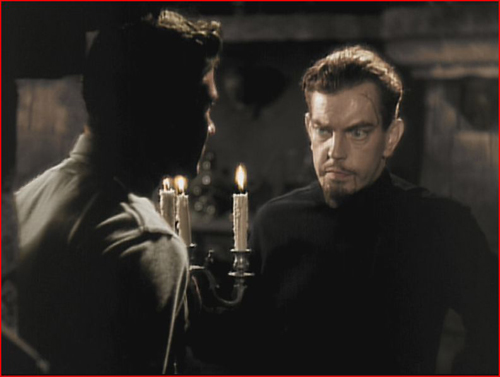
Postreading
1) Assign student partnerships. Each partnership should compare completed plot diagrams based on the story, and decide how each element relates to the plot as a whole. Focus on the conclusion, as some students will likely feel a little puzzled by the abrupt nature of the close of the story.
2) Whole class discussion of results of partner work and story.
3) Quiz on vocabulary and/or story itself, if warranted.
4) (Optional) Students are usually fascinated with the scene that was only implied in the story (the duel between Rainsford and Zaroff in the General's bedroom at the end). Have students creatively write out the missing scene, including description and dialogue that suits the foes.
5) (Optional) Discuss replacing Rainsford with another kind of prey (lion, snake, ghost, alien, etc.). How would Zaroff have approached his hunt differently if he hadn't been looking for a human being?
6) (Optional) Have students illustrate the moment that Zaroff gives Rainsford a second chance (when Rainsford is up the tree). Students can include a thought bubble, depicting what Rainsford is thinking at such a tense moment. Include the General's exact language in a speech bubble, to add authenticity to the picture.
7) (Optional) "The Most Dangerous Game" almost begs for a sequel. Does Rainsford stay on the island as a replacement or leave? Does he inform the world of what happened? What happens to the other prisoners on the island (alluded to by Zaroff)? Students can design a graphic novel or straight narrative, based on their projections of what Rainsford does when he wakes up the following morning.


